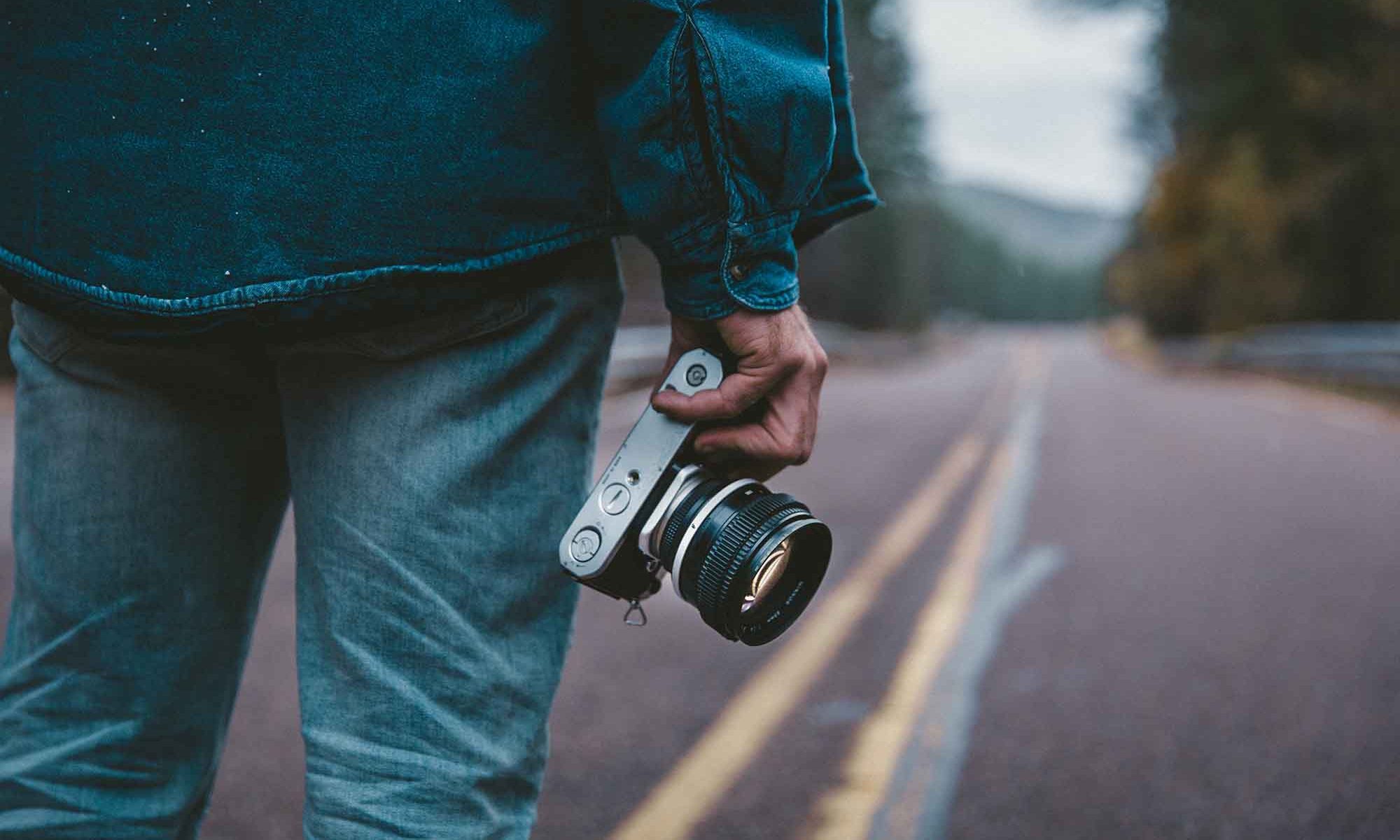At Make: Books, we’ve been working on an awesome new title, Illustrated Guide to Home Chemistry Experiments, that we’re all really psyched about. Make: Books editor Brian Jepson offers details, by way of an exchange between MAKE publisher Dale Dougherty and the book’s author Robert Bruce Thompson, about the possibility of home-testing for mercury levels:

Robert Bruce Thompson, author of books on everything from PC Hardware to Astronomy, is working on a new book for Make: the Illustrated Guide to Home Chemistry Experiments. So, we’ve got chemistry on our mind here, which led Dale Dougherty, the Publisher of Make, to ask Robert:
I read a story last week about the alarmingly high levels of mercury found in fish in the top sushi places in Manhattan. Ever since, I’ve been wondering is it possible/feasible/reasonable to test for mercury in fish — a DIY mercury test kit. I doubt you could do this in restaurant so let’s presume that this is a test kit for store-bought fish.
The answer for mercury is a bit complex:
The problems are that mercury is toxic at unbelievably low levels and that it is a cumulative poison, which is to say it isn’t excreted. Accordingly, the allowable levels are set so low that there’s no chance they could be detected by any wet chemistry test with a sample of any reasonable size. I was pretty sure of my facts, but just to be certain I ran them past organic chemist Dr. Paul Jones. His response was, “Maybe you could use a wet chemistry test if you had an entire 500-pound tuna for your sample, but otherwise you’d have to use instrumental tests.” Organic chemist Dr. Mary Chervenak points out the Reinsch Test for mercury (which also produces a positive for several other heavy metals). You dissolve the sample in dilute HCl and put a copper strip in the solution. Any mercury present plates out on the copper as a silvery mirror. The trouble is, if enough mercury is present to produce a visible mirror with the Reinsch test, that sample has enough mercury in it to poison everyone in a radius of several blocks.
Robert’s got more details over at his daynotes journal, and a couple of other tests have come to our attention since Dale’s original question. Dale sent a link to a Heavy Metals Test (Robert posted his thoughts on this test in his journal as well), and Popular Science just posted a link to a portable blood test for heavy metals. Have any of you come across some interesting tests for poisons in your body, food, or environment? What results have you had?
From The Maker Store:  Illustrated Guide to Home Chemistry Experiments by Robert Bruce Thompson Price: $34.99 Pre-order/Buy: Maker store – Link. For students, DIY hobbyists, and science buffs, who can no longer get real chemistry sets, this one-of-a-kind guide explains how to set up and use a home chemistry lab, with step-by-step instructions for conducting experiments in basic chemistry. Learn how to smelt copper, purify alcohol, synthesize rayon, test for drugs and poisons, and much more. The book includes lessons on how to equip your home chemistry lab, master laboratory skills, and work safely in your lab, along with 17 hands-on chapters that include multiple laboratory sessions.
Illustrated Guide to Home Chemistry Experiments by Robert Bruce Thompson Price: $34.99 Pre-order/Buy: Maker store – Link. For students, DIY hobbyists, and science buffs, who can no longer get real chemistry sets, this one-of-a-kind guide explains how to set up and use a home chemistry lab, with step-by-step instructions for conducting experiments in basic chemistry. Learn how to smelt copper, purify alcohol, synthesize rayon, test for drugs and poisons, and much more. The book includes lessons on how to equip your home chemistry lab, master laboratory skills, and work safely in your lab, along with 17 hands-on chapters that include multiple laboratory sessions.


 I am thrilled to announce that we’ve launched a new area on Make: Online, called the Make: Science Room. Here are the deets (from my post about it):
I am thrilled to announce that we’ve launched a new area on Make: Online, called the Make: Science Room. Here are the deets (from my post about it):  Here’s the
Here’s the 
 Illustrated Guide to Home Chemistry Experiments by Robert Bruce Thompson Price: $34.99 Pre-order/Buy: Maker store –
Illustrated Guide to Home Chemistry Experiments by Robert Bruce Thompson Price: $34.99 Pre-order/Buy: Maker store – 



 Cyborg evolution may have taken a great burp forward with the
Cyborg evolution may have taken a great burp forward with the 